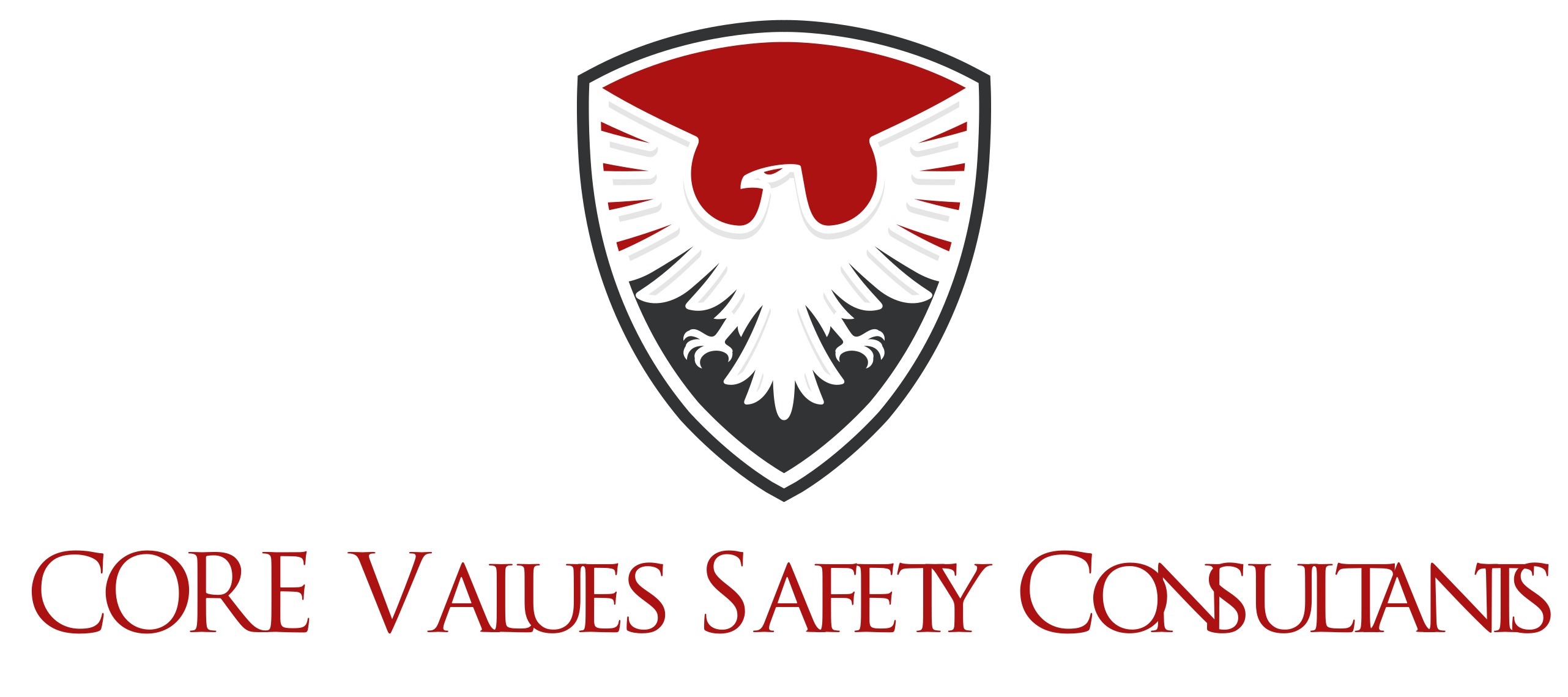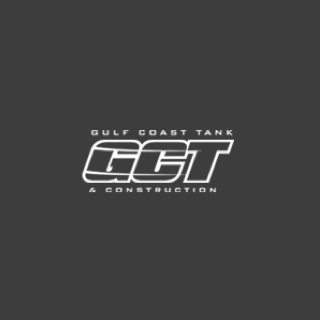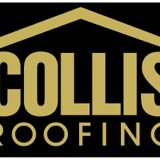Title Page
-
Site Inspected?
-
Conducted on
-
Prepared by
-
Location
Perimeter Check
-
Does the site have perimeter fence in place?
-
Does the site have security to prevent unauthorized access?
-
How is the site secured from unauthorized personnel?
-
Does the site have a SWPPP in place?
-
Is the SWPPP being maintained accordingly?
-
Have you reported this issue to the person in charge of SWPPP?
-
Is there any work being done around the sites permiter?
-
Describe the work being done.
-
Are employees wearing proper PPE?
-
What PPE is not being used?
- Hard Hats
- ANSI Z87.1 Safety Glasses
- High Visibility Vest
- Hard Toed Boots
- Gloves
- Other
-
Specify the PPE not being used.
Site Work
-
Area?
-
Have all employees in this area been through Site Specific Training?
-
How did the employee/s get to site without training?
-
Have you reported this to the appropriate supervisor?
-
Has a Job Safety Analysis been completed for the work being observed?
-
Why has a JSA not been completed?
-
Has an equipment inspection form been completed for the equipment being observed?
-
Why was it not completed?
-
If a permit is required for the work being done, was it completed and approved?
-
Why was it not completed and approved?
Fall Protection/Prevention
-
Area?
-
Is fall protection selected based on a hazard analysis of the planned work, known hazards and specific work location?
-
Has the work area been isolated to prevent unauthorized access and limit the exposure to potential falling objects through the use of barricades?
-
Does the barricade have proper tags identifying the hazards that comply with 29 CFR 1926.200?
-
Has equipment, anchorage points and access methods been inspected; rated; and are appropriate for the load?
-
Are employees required to work at heights been provided with adequate information, instruction and training for the work being performed?
-
Have you notified the supervisor?
-
Have potential or existing hazards been identified and the risks assessed of anyone falling from heights?
-
Have alternative ways of carrying out the work been considered?
-
Have all practical steps been taken to prevent falls?
-
Is the ladder appropriate for the task or would another device such as a platform ladder / scaffold/elevated work platform be more appropriate?
-
Can three points of contact be maintained when using a ladder?
-
Are fall prevention systems required and in place?
-
In setting up a fall injury prevention system is it inspected to ensure sharp edges, pinch points, and sources of heat, which could damage the system are identified and rectified?
-
Has it been assessed whether a fall will be arrested before hitting the ground/other structure?
-
Is there a safe means of access/egress to the work being performed at heights? ex: stairs, walkways, ladders, mechanical lifts etc. and are they free from obstructions?
Scaffold
-
Scaffold Identification #?
-
Scaffolds designed by a qualified person?
-
Scaffolds are capable of supporting 4 times the intended load?
-
Competent person supervised erection of scaffold?
-
Casters are proper size and locking mechanism functioning correctly?
-
Supporting surface is level and solid with no settling?
-
Scaffold frames plumb and braced?
-
All brace connections secured?
-
Diagonal braces or hood planks used to prevent racking?
-
Platform on all working levels fully decked?
-
Each platform at least 18" wide?
-
Ends of platforms cleated for a minimum of 6" past support?
-
Wallboards overlap over support with at least 12" of overlap?
-
Ladders are provided to access scaffold platform?
-
Guardrails in place where workers could fall 10' or more?
-
Guardrails in place can support 200lb?
-
Top rai is between 38" -45" with mid rail midway between top rain and platform?
-
Toe Boards, screens or barricades are in place when objects could fall from scaffold platforms?
-
Scaffolds stacked more then 4 times the minimum base width are tied, guyed or braced to prevent tipping.
-
Scaffold is erected at least 10' from electrical power lines?
-
Workers are NOT riding scaffold if height is more than 2 times the minimum base width?
-
Force to move scaffold is within 5' of floor?
-
Workers are locking scaffold when worker is using stationary position?
-
Employees trained before working on scaffold?
Hot Work Activites
-
Area?
-
Is a competent person, trained for hot works going to undertake these works?
-
Has a JSA been completed?
-
Have all flammables / combustible materials been removed or protected?
-
Fire protection systems are present and in working order?
-
Equipment and machinery to be used has been inspected and verified to be in good condition?
-
Floor and ground has been cleared of combustible materials and wet down if applicable?
-
Is a fire watch present?
-
Does the fire watch have the proper Fire Extinguisher for the task?
-
Are nearby personnel aware of the hot work activity?
-
Do the employees conducting Hot Work have all the proper PPE for the task. Ex: Face Shield if grinding.
-
Are employees aware to remove PPE that could potentially catch on Fire unless FR? Ex: Class 2 vest that are not FR.
Excavation Safety
-
Area?
-
Underground utilities marked/identified before digging?
-
Digging around underground utilities performed under active permit?
-
Hand digging performed within 2' of marked lines, or hand digging performed until marked utilities are identified before machine digging?
-
Excavations, adjacent areas and protective systems inspected by a "competent" person daily prior to the start of work and after each rain event?
-
Excavations over 5' deep have proper protective measures in place? ex: sloping, benching, or trench box.
-
If trench box is used is the tabulated data onsite?
-
Workers working within the trench box at all times?
-
Ladders placed within 25' of workers?
-
Spoil piles at a minimum of 2' back from the edge of the excavation? Note: the edge is the furthest part of the disturbed soil. Ex: if a trench is dug vertical to 6 feet deep then sloped at the 1:11/2 angle the edge of the excavation is where the slope ended.
-
Barriers/Barricades installed on unattended excavations?
-
Class 2 vest worn by all workers exposed to vehicular traffic?
-
Audible alarms functioning properly on excavation equipment?
-
Does the excavation have any visible signs of damage? Ex: Ruts caused by rain events, cracks showing potential cave ins.
-
Are the safety measures used in accordance with the classification of soil? Ex: Benching is not allowed on Type C soil.
Behavioral Based Safety
-
Area?
-
Are employees aware of the safety program and its objectives?
-
Do employees understand the behaviors expected of them?
-
Are employees trained to identify and report unsafe behaviors?
-
Are employees encouraged to report unsafe behaviors without fear of retaliation?
-
Are employees recognized for safe behaviors?
-
Are employees involved in the development and implementation of the safety program?
-
Are employees provided with feedback on their safety performance?
-
Are employees provided with opportunities to improve their safety performance?
-
Is the safety program regularly reviewed and updated to reflect changes in the workplace?
-
undefined
Confined Space
-
Area?
-
Workplace been evaluated to determine if any spaces are permit-required confined space? {OSHA 1910.146(c)(1)}
-
Is the written confined space program complete?
-
Is the program reviewed and updated regularly by qualified staff?
-
The training of employees and entrants complete and documented?
-
Has periodic survey of canceled permits been performed and documented?
-
Has the evaluation of confined spaces been completed?
-
Have effective measures been taken to prevent employees from entering the permit spaces?
-
Has entry procedures been established and documented for: a. permit required confined spaces, b. alternate procedures for permit spaces, c. non-permit required confined spaces?
-
Have signs been posted at confined spaces?
-
Have confined space hazards been identified, evaluated, and documented?
-
Have appropriate atmospheric tests been performed prior to confined space entry?
-
Are confined spaces thoroughly emptied and rinsed of corrosive and hazardous substance before entry?
-
Are all lines to a confined space entry secured?
-
Have the protective equipment and materials been provided and maintained?
-
Has adequate ventilation been provided prior to and during confined space entry?
-
Is a rescue and emergency services available, ready and aware of entry?
-
Are accurate facility maps, descriptions, and locations readily available to emergency personnel if needed?
-
Procedures established for work performed by contractors in confined spaces?
-
Are entry permits reviewed prior to work being performed by qualified personnel and posted at the site?
LOTO
-
Area?
-
Additional Inspection Items
- Additional Items
-
Additional Findings














